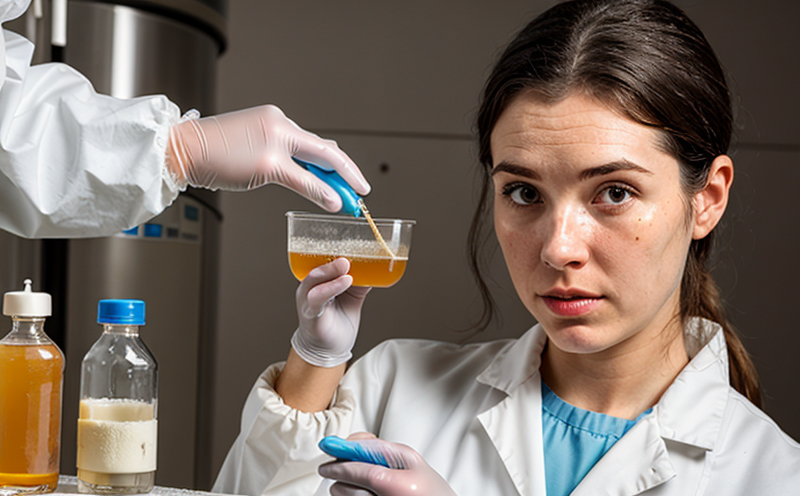ISO 17468 Molecular Identification Methods for Fungi
The International Organization for Standardization (ISO) has developed ISO 17468, a standard that provides methods for the molecular identification of fungi using nucleic acid-based technologies. This service leverages cutting-edge PCR technology and next-generation sequencing to provide accurate and reliable identification of fungal species from environmental samples or clinical specimens.
The process typically involves collecting the sample, extracting DNA/RNA, and then amplifying specific regions of the genetic material using real-time PCR techniques. Once amplified, these fragments are sequenced and compared against reference databases to determine the exact species of fungi present in the sample. This method offers several advantages over traditional culture-based methods:
- Faster turnaround times (results can be obtained within 24-72 hours)
- Higher sensitivity, detecting even trace amounts of fungi
- Ability to identify unculturable or poorly culturable species
- Higher specificity and accuracy due to nucleic acid sequence analysis
The ISO 17468 method is widely used in various sectors, including healthcare, food safety, environmental monitoring, and pharmaceutical manufacturing. In hospitals, this technique helps in diagnosing fungal infections more accurately, while in industrial settings, it aids in preventing contamination of products by identifying potential sources early.
For instance, in the food industry, mold growth can lead to spoilage and health risks if undetected. By implementing ISO 17468 testing, companies ensure that their products meet strict quality control standards set forth by regulatory bodies like FDA or EU directives. Similarly, pharmaceutical manufacturers use these tests during process validation studies to ensure that no unwanted fungi are present in their production facilities.
The methodology is also crucial for environmental monitoring programs aimed at assessing air quality and soil health. Fungal spores play a significant role in the ecosystem; understanding which types of fungi are prevalent can help scientists develop better strategies for managing ecosystems or controlling harmful species.
Benefits
The adoption of ISO 17468 molecular identification methods brings numerous benefits across different industries:
- Enhanced Accuracy: Molecular techniques provide more precise results compared to traditional culture methods.
- Time Efficiency: Faster processing times allow quicker responses to contamination issues or infection outbreaks.
- Better Decision Making: Reliable identification enables informed decisions regarding treatment plans in medical settings.
- Cost Savings: Early detection reduces the need for extensive remediation efforts in affected areas.
In summary, ISO 17468 molecular identification methods offer a robust solution for identifying fungi across various sectors. Their ability to detect both known and novel species makes them indispensable tools for maintaining high standards of hygiene and safety.
Environmental and Sustainability Contributions
The use of ISO 17468 molecular identification methods contributes significantly to environmental sustainability by enabling better management practices. For example, in agriculture, understanding the types of fungi present helps farmers apply targeted fungicides rather than broad-spectrum treatments, thereby reducing chemical usage.
In urban planning, identifying fungal species in soil can guide decisions about green space development and landscaping choices that promote biodiversity. Additionally, these tests assist in monitoring changes in ecosystems over time, helping researchers track the impacts of climate change or pollution on local flora and fauna.
The information derived from such analyses also supports sustainable practices within industries by informing policies related to waste management and resource conservation. By minimizing contamination risks early through accurate identification, businesses contribute positively towards long-term environmental goals.
Use Cases and Application Examples
- Hospital Settings: Rapidly diagnosing fungal infections in patients to initiate appropriate antifungal therapy.
- Food Industry: Detecting mold contamination early to prevent product spoilage and recalls.
- Pharmaceutical Manufacturing: Ensuring sterile environments free from unwanted fungal growth during production processes.
- Environmental Monitoring: Tracking the spread of invasive fungal species in natural habitats.
- Biotechnology Research: Studying interactions between fungi and plants to enhance crop yields.





